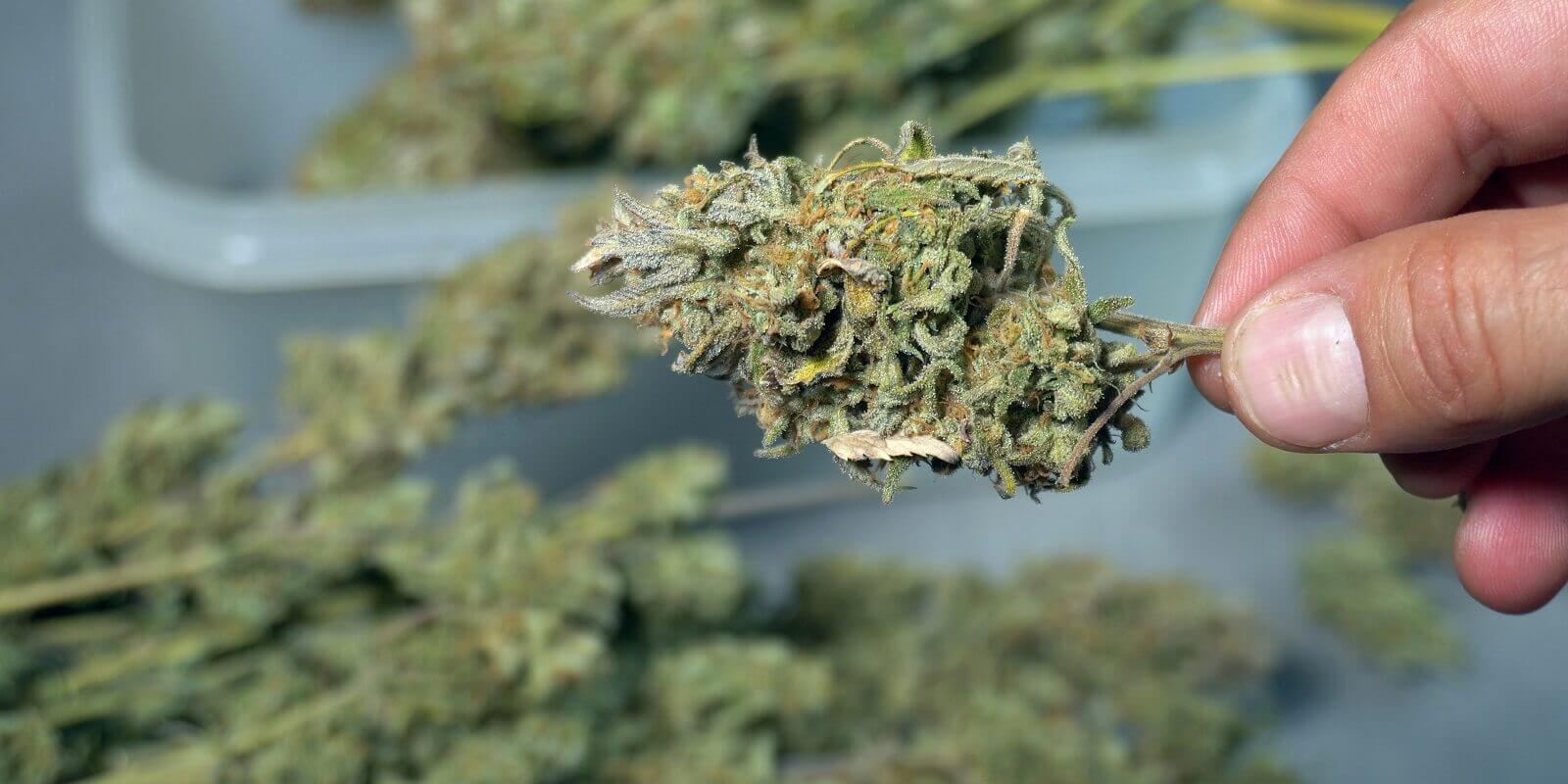THE EVOLUTION OF CANNABIS STRAINS: FROM LANDRACE TO DESIGNER HYBRIDS

Choosing the perfect cannabis strain can seem overwhelming, given all the options available. Did you know that every strain you see began as a pure landrace variety? Our blog takes you through the fascinating journey from these ancient plants to today’s custom-tailored hybrids, helping you understand your favourites better.
Delve into the roots of your go-to strains!
Understanding Cannabis Strains
Cannabis strains can be classified into sativa, indica, and hybrid types, each with unique characteristics and effects Weed Delivery. These classifications result from taxonomic classifications and breeding efforts to create desired traits in different strains.
Definition and types (sativa, indica, hybrid)
Marijuana strains come in different types. Sativa, Indica, and hybrid are the main ones. Sativas grow tall and have thin leaves. They often give a head high that can boost energy. Indicas are shorter with broad leaves and usually make people feel relaxed or sleepy.
Hybrids blend traits from both sativas and indicas.
Breeders mix these types to create new strains with specific effects. You might want something to calm you down or lift your spirits. Hybrid strains can do just that by combining genetics from sativa and indica plants.
Each strain has its flavour, smell, and impact on your feelings.
Taxonomic classifications and breeding
Cannabis strains are grouped into taxonomic classifications based on their genetic makeup, including sativa, indica, and hybrid varieties. Breeding techniques play a crucial role in developing these different strains, involving selectively crossbreeding plants to enhance specific traits such as THC and CBD.
This process has created diverse designer hybrids with varying properties tailored to different consumer needs.
Understanding the taxonomy and breeding of cannabis strains can help consumers make informed choices when selecting products from online dispensaries. It provides insights into each strain’s unique characteristics and effects, ensuring that clients find suitable options for their individual preferences and medical requirements.
Evolution of Cannabis Strains
Cannabis strains have evolved from landrace varieties, which are naturally occurring and adapted to their specific environments, to designer hybrids that have been carefully bred for particular traits.
The importance of THC and CBD levels has led to the development of a wide range of strains with varying effects on users. These changes have contributed to the stability and diversity of cannabis strains available today.
From landrace strains to designer hybrids
Cannabis strains have come a long way, evolving from traditional landrace varieties to sophisticated designer hybrids. These advancements reflect the continuous pursuit of enhancing specific qualities such as THC and CBD levels for medicinal and recreational purposes, resulting in a diverse array of options for consumers.
The breeding techniques have revolutionized the stability and potency of strains, offering an extensive selection to cater to individual preferences and medical needs.
The transition from landrace strains to designer hybrids signifies significant progress in cannabis cultivation, enabling producers to create unique combinations that suit various consumer demands while maintaining genetic diversity.
Importance of THC and CBD levels
THC and CBD levels determine the effects of cannabis. THC brings psychoactive effects, while CBD offers therapeutic benefits. Understanding these levels helps in choosing strains for specific needs.
The right balance of THC and CBD is crucial for creating strains that cater to different preferences and medical requirements. This knowledge empowers users to make informed decisions when selecting cannabis products based on their desired experiences and health benefits.
– Stability and diversity in strains
Stability and diversity in strains
Cannabis strains can vary in stability and diversity, influenced by genetics, cultivation techniques, and environmental conditions. This diversity offers a wide range of options for consumers seeking specific effects or flavours from their cannabis products.
Genetic stability ensures consistency in the strain’s characteristics across different batches, providing reliability for both growers and consumers.
Highly stable strains have consistent cannabinoid levels and growth patterns, making them easier to cultivate and predict regarding effects. On the other hand, diverse strains offer an array of flavours, aromas, and effects that cater to individual preferences.
Understanding the interplay between stability and diversity allows cultivators to meet the diverse needs of cannabis users while maintaining quality standards.
Conclusion
In conclusion, the evolution of cannabis strains spans from traditional landrace varieties to modern designer hybrids. Understanding the importance of THC and CBD levels is crucial for breeders in developing new genetic lines.
The stability and diversity within strains have led to a growing market for unique cannabis products with specific effects and flavours. The ongoing exploration of cannabis genomics continues to revolutionize strain development, offering clients an ever-expanding array of options to suit their needs.